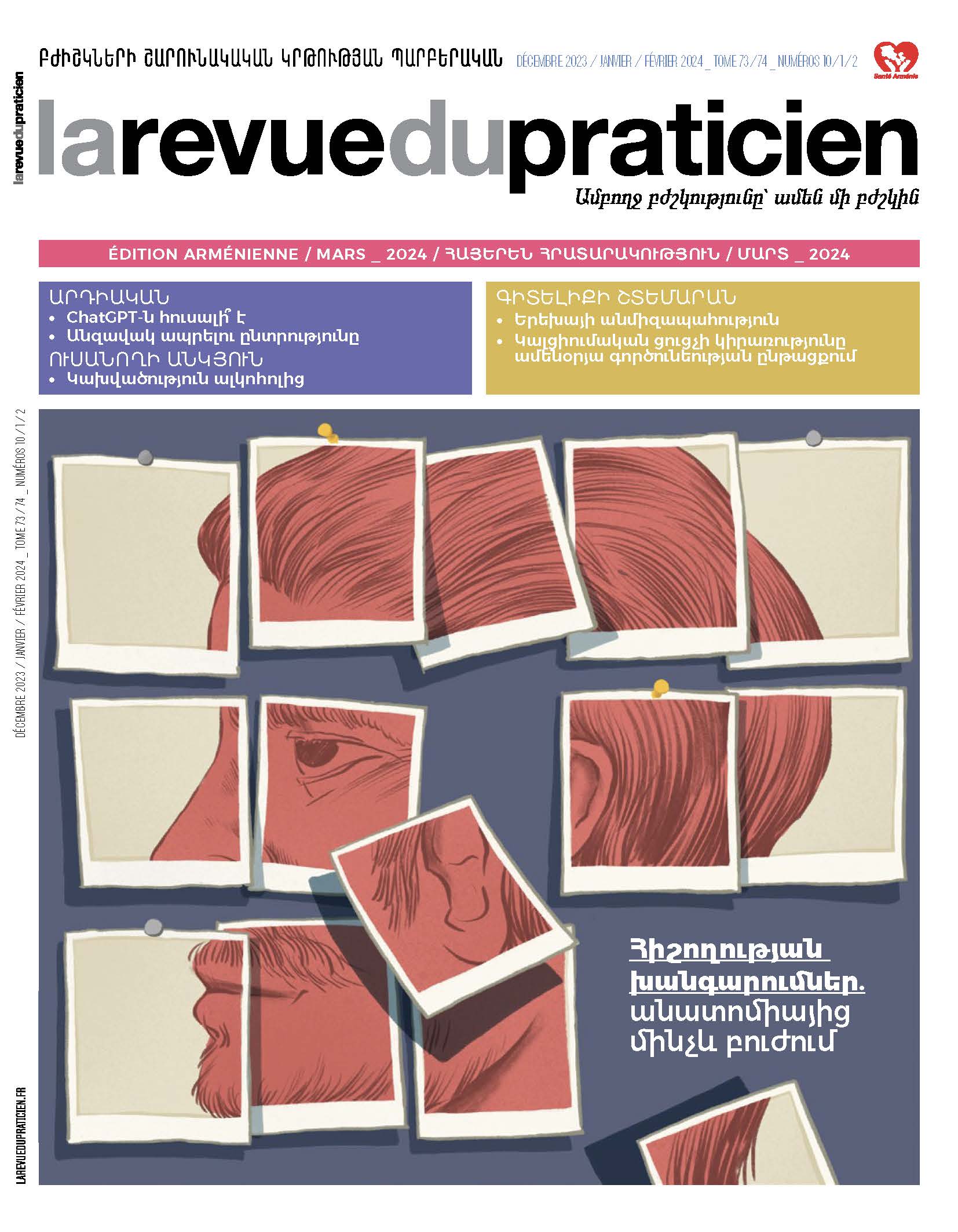Abstract
The calcium score has become extremely widespread in routine practice. It is a simple tool for detecting and quantifying the burden of calcification in the coronary arteries and has become a key component of cardiovascular risk stratification in primary prevention. Its value is correlated with the development of coronary atheroma, and its prognostic value has been well established. In practice, the measure of the calcium score is of value in estimating individual risk in "apparently healthy" patients, on top of the classic variables. In patients whose risk is estimated to be "intermediate" using risk scores, the calcium score may enable reclassification of the risk, either to higher or to a lower category. In the doctor-patient relationship, it also contributes to raising awareness about the need for preventive measures, by documenting coronary atherosclerosis that may have been previously undetected in that patient. However, caution is advised, lest the calcium score become a victim of its own success: It does not necessarily translate the presence of coronary stenosis, and cannot be used in a simplistic fashion as a marker of the progression of atherosclerosis or myocardial ischemia.
MeSH :
Atherosclerosis,
Calcium,
Coronary Artery Disease/diagnosis,
Humans,
Physician-Patient Relations,
Risk Factors,
Tomography.
Keywords :
Calcinosis.
